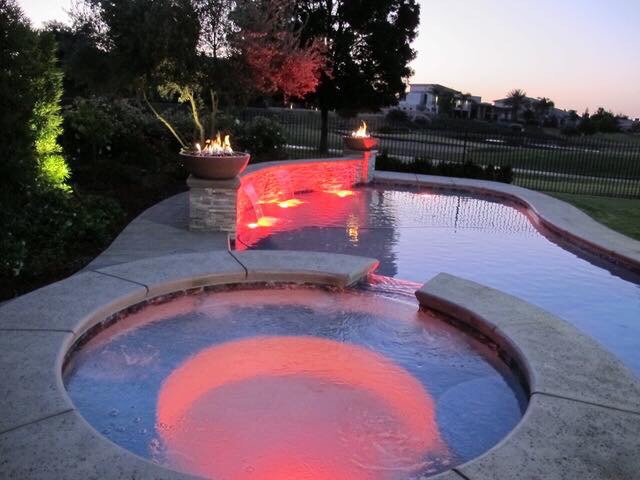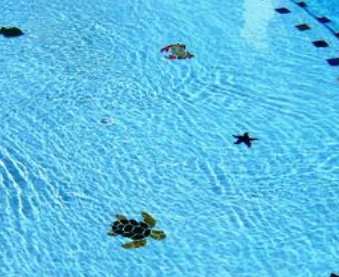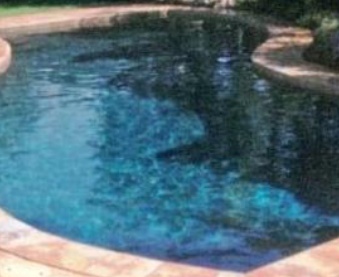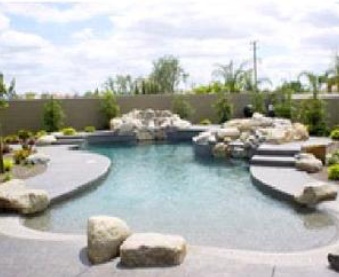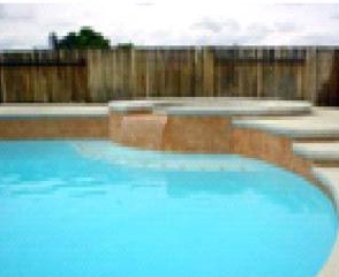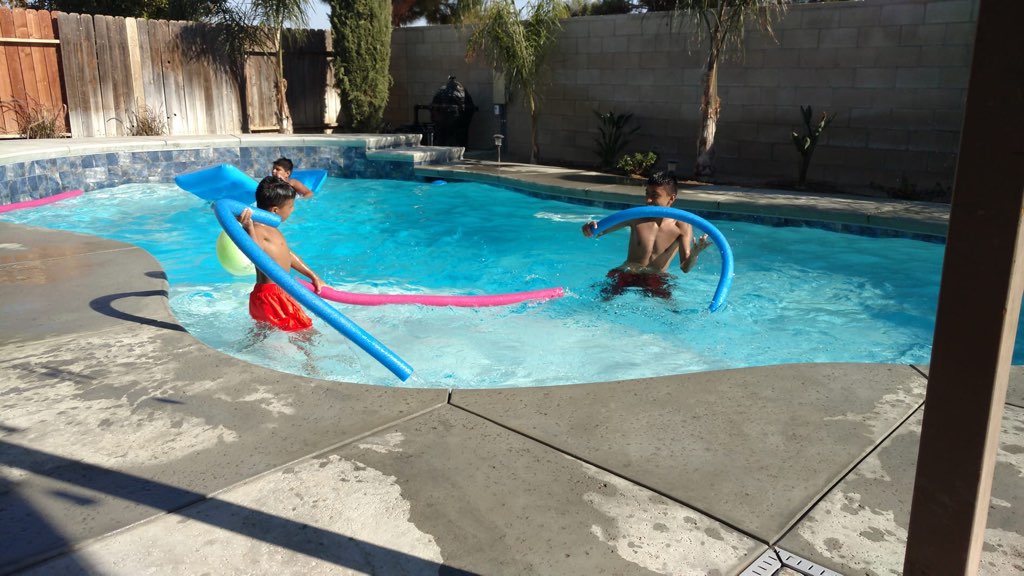DESIGN AND BUILD PROCESS
For new construction this is normally very easy. However, for existing homes it can sometimes be a challenge.
A fence may have to be temporarily removed. Perhaps even a tree or some bushes may have to be removed and new ones replanted later. Generally, we will find a way to get enough equipment into the yard to do whatever we need to do.
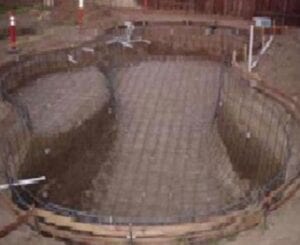
First we need to clear any vegetation from the area where the pool will be built. Then the outline of the pool will be spray painted on the ground.
This would be a good time to envision what the pool will look like in this area. The customer will either approve the layout or make adjustments at this time before excavation begins.
Schedule 40 PVC with schedule 40 fittings on the plumbing will be used throughout the pool. A vacuum breaker should be installed at the water source if one is not already there.
The plumber will place and set the state of the art equipment according to the plan agreed.
Wiring will be run from your electric panel to the pool equipment and from the equipment to lighting in the pool. Electric wiring and all grounding will meet and/or exceed National Electric Code standards.
Ground fault interrupter devices will be installed for protection against electric fault.
Steel reinforced rebar will be placed throughout the pool structure. There will be rebar on the bottom of the pool as well as on the sides.
Size of rebar used will be determined by our civil engineer company.
Concrete will be applied to create the pool shell. The strongest pool shell has a 6” wall and 6”floor with an 8” transition.
Water curing is important and must be done by spraying the pool shell with water up to four times a day for four days during warm and hot temperatures. This is done to prevent premature curing and to minimize shrinkage cracks in the shell.
One row of 6x6 inch decorative tile will be installed around the pool perimeter and any other areas indicated on the design drawing.
A type of tile made especially for swimming pools will be used.
If you have a natural rock waterfall or accent natural boulders on your pool, they will be installed at this time.
The decking that surrounds your pool can be concrete, brick, stone, or many other materials. All coping should cantilever into the pool.
Stone materials will vary in thickness. Concrete decking around the pool should be 4” minimum thickness. Deep joints will be placed according to deck design to control cracking of the concrete.
At this time the equipment will be installed and connected to the plumbing and electrical.
All construction debris will be cleaned up in both the interior and exterior of the swimming pool. Any dips that were made from the trenches will be filled in.
Clean up is the preparation for the plastering phase and will be done just before the plaster date.
Various types of interior finishes are available. The two most popular are:
White Plaster-is pneumatically applied in two coats then hand trowled to a non-slip waterproof finish. When the plaster is complete the crew will begin filling
ColorQuartz- is a premium blend of crushed quartz, white cement and mineral based pigments. Quartz merges beauty and strength for a beautiful pool finish. Natural quartz is one of the world's strongest minerals and creates reliable beauty that will last.
Mini Pebble- Is a stone material that comprises river pebbles and is “chemically inert. It is unlikely to react with swimming pool or spa water and is therefore less impervious to attack or alterations in appearance.
When your pool is complete and filled to the proper level, a start up professional will start your pool equipment and teach you how to operate all of the controls. At this time all equipment will be started, any detailing will be done and the cleaning system installed.
It is important after this to maintain the chemical balance of the water and keep the pool and equipment clean. Either use a professional to maintain your pool or learn how to do it properly. Bacteria can take its toll on a pool if the chemicals are not properly maintained.

